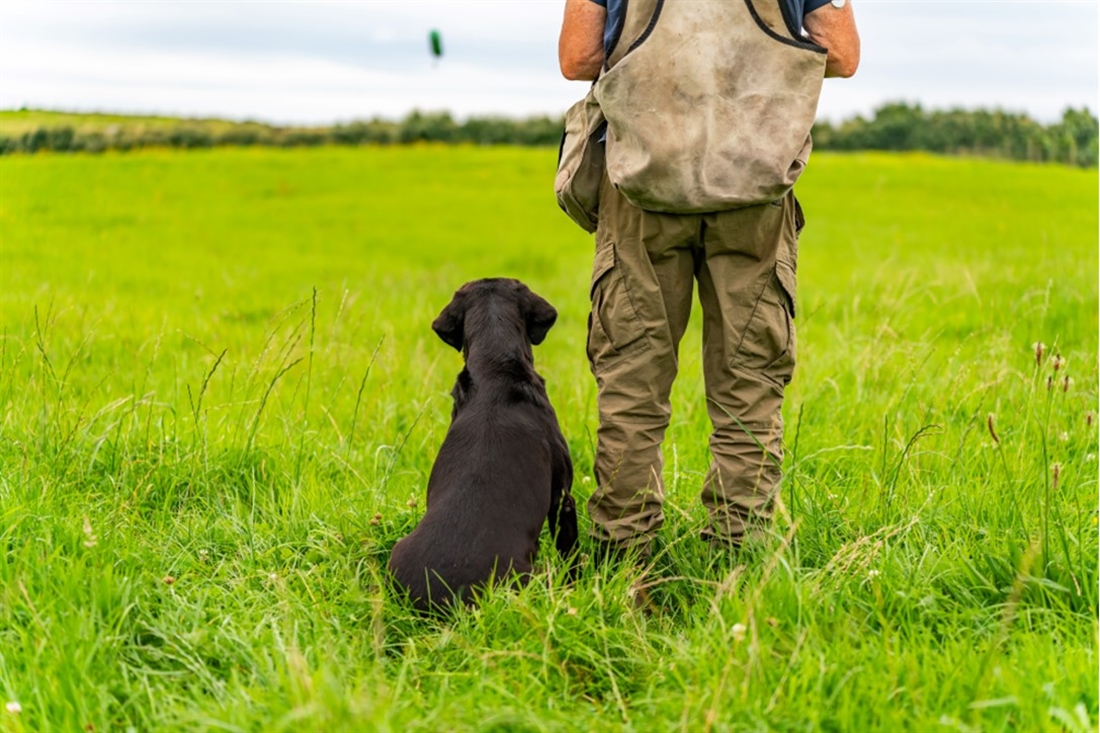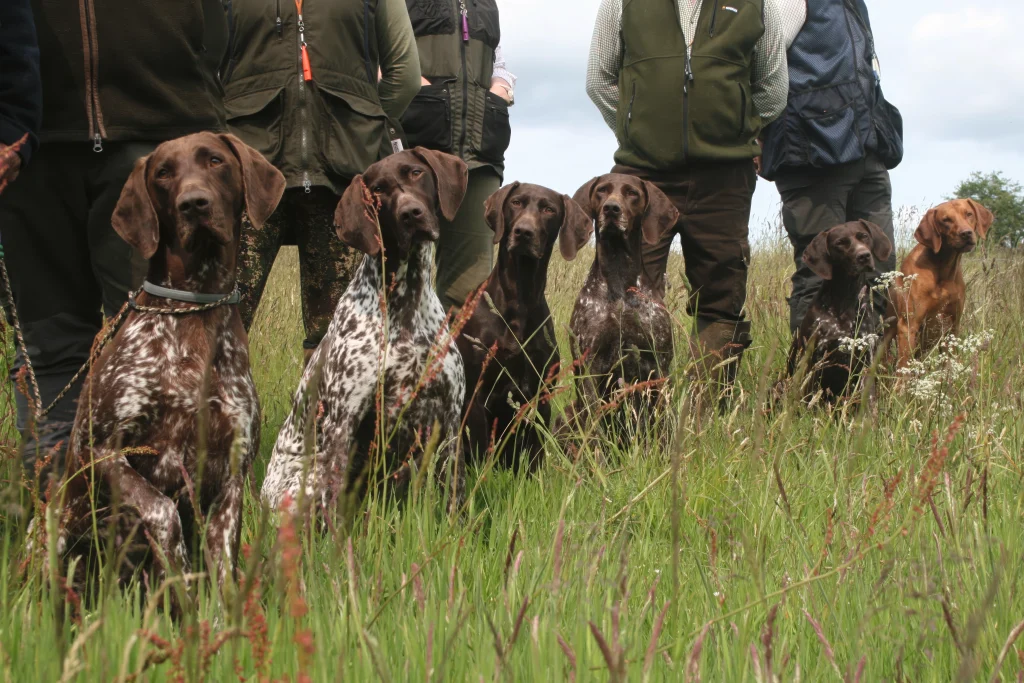Partner in crime?
Jayne Coley offers the following advice to someone who is training a young Labrador this summer and wants to know whether they should train it with the other two dogs in attendance, or in isolation to begin with.

Always start by training your young dog on his own and where it is quiet, minimising distractions, and focusing on getting your dog’s full attention. Get the basics in – heel work; sit and stay; recall; steady to dummies being thrown around him; retrieving nicely to hand; doing a ‘go back’ from your side for a memory retrieve; ‘go back’ from a sitting position in front of you; simple left and right. Training a dog is not a race, it’s more like building a house. In other words, it is imperative that you get the foundations right.
Once your youngster is doing these exercises confidently, he is at the stage when it would be a good time to introduce another dog. Ideally, I would ask a friend, who is also training a dog of a similar age and is at the same standard as yours, to come over so you can train the two together. Start by doing really basic exercises, building on success.
After several training sessions with your friend, and only if you are pleased with the way your young dog is progressing, you could introduce having just one of your older dogs out with him, as long as that dog is steady and obedient and does not whine. Have a plan of what you would like to do before you go out. Both dogs will probably be competing for pole position at heel. Again, start by keeping the exercises simple and unrushed.
It can be tempting to do a bit of training whilst walking all the dogs together, especially if you are short of time. However, this can prove detrimental, especially if any of the dogs are overzealous and too competitive.
Related Articles
Get the latest news delivered direct to your door
Subscribe to Gundog Journal
Unlock the full potential of your working dog with a subscription to Gundog Journal, the UK’s only dedicated magazine for gundog enthusiasts. Published bi-monthly, this authoritative resource delivers expert training advice, in-depth interviews with top trainers and veterinary guidance to help you nurture a stronger bond with your dog.
With stunning photography and thought-provoking content, Gundog Journal is your essential guide to understanding, training and celebrating your working dog.
Save 10% on shop price when you subscribe, with a choice of packages that work for you. Choose from Print & Digital or Digital only with each journal delivered directly to your door or via the app every other month, plus access to past issues with the digital back issue library.







